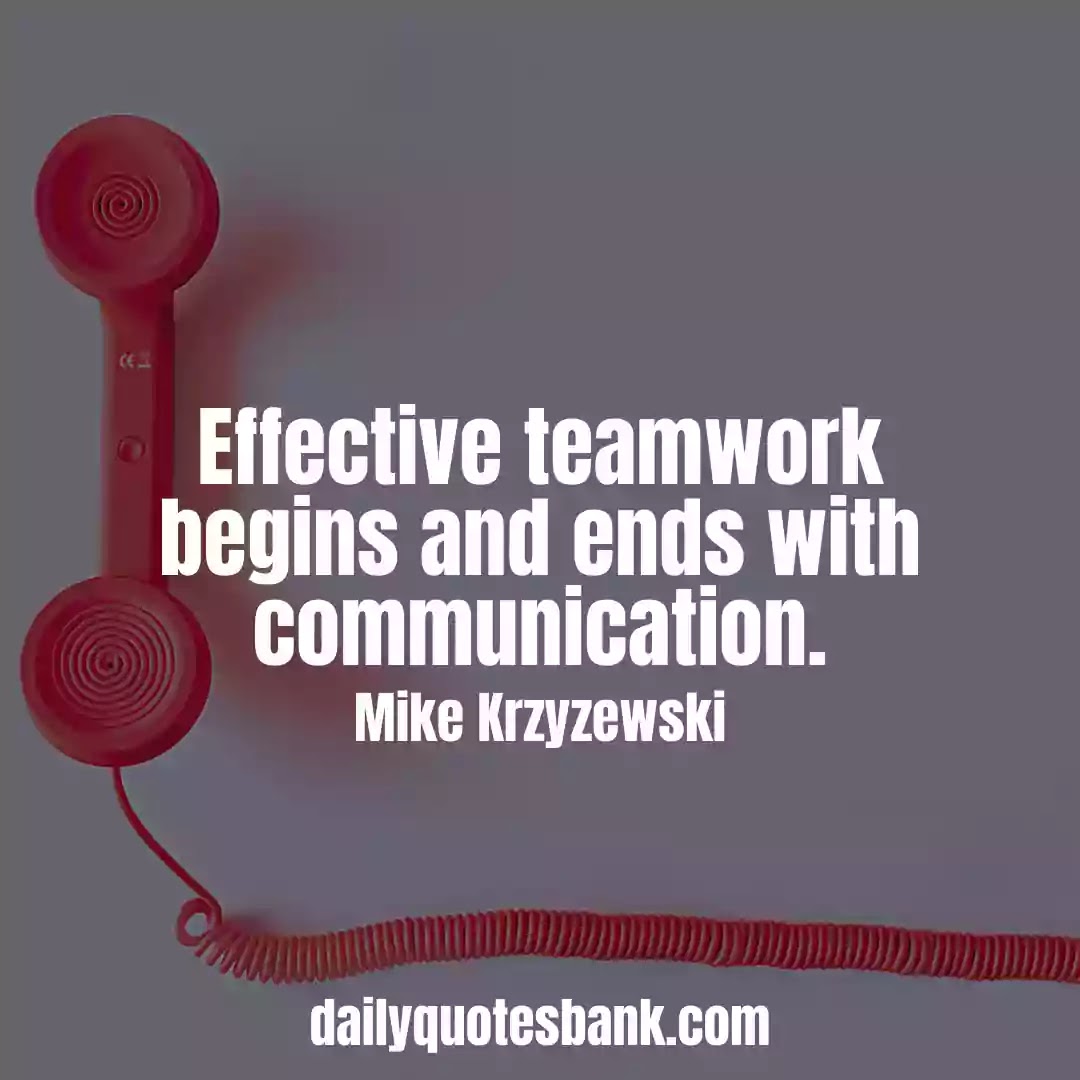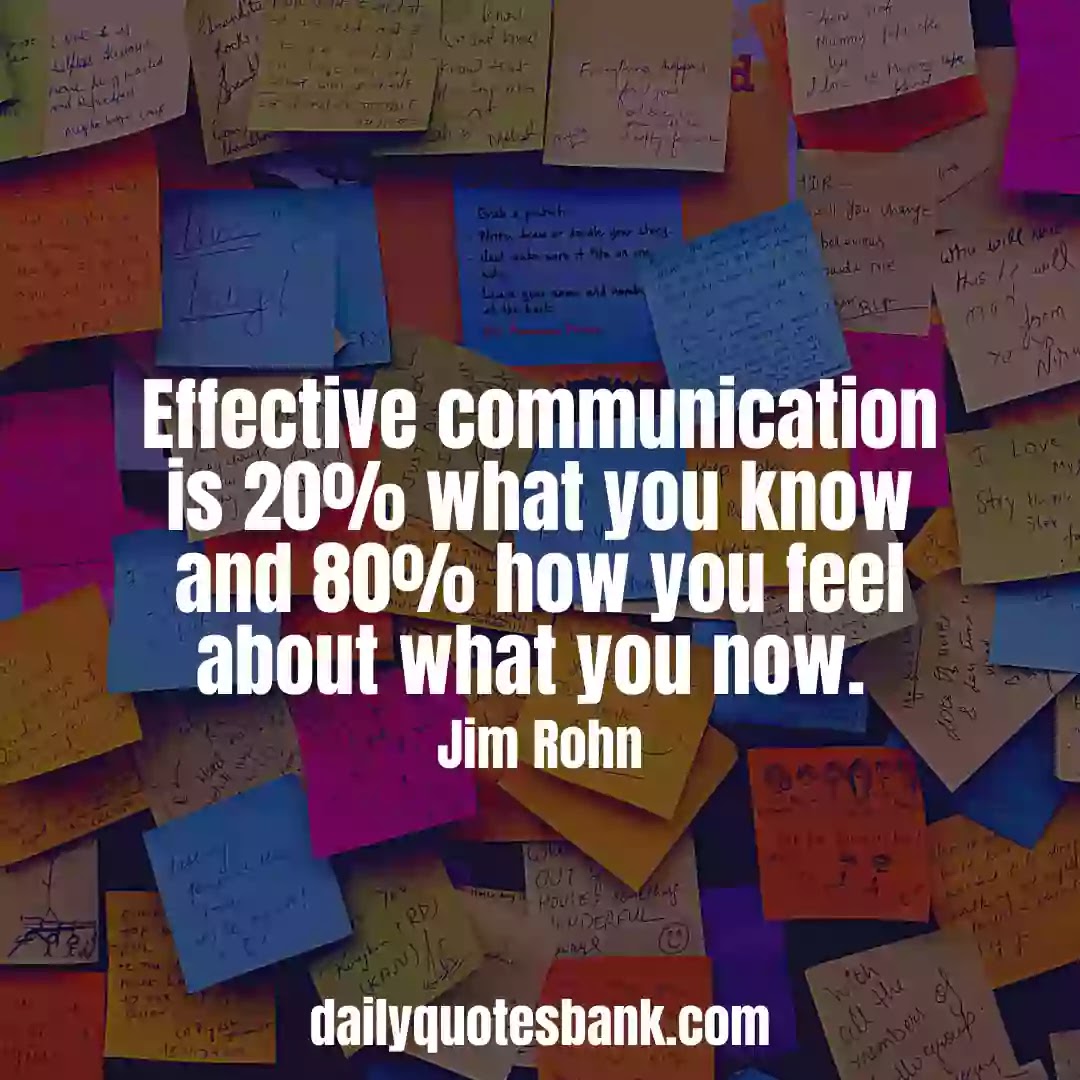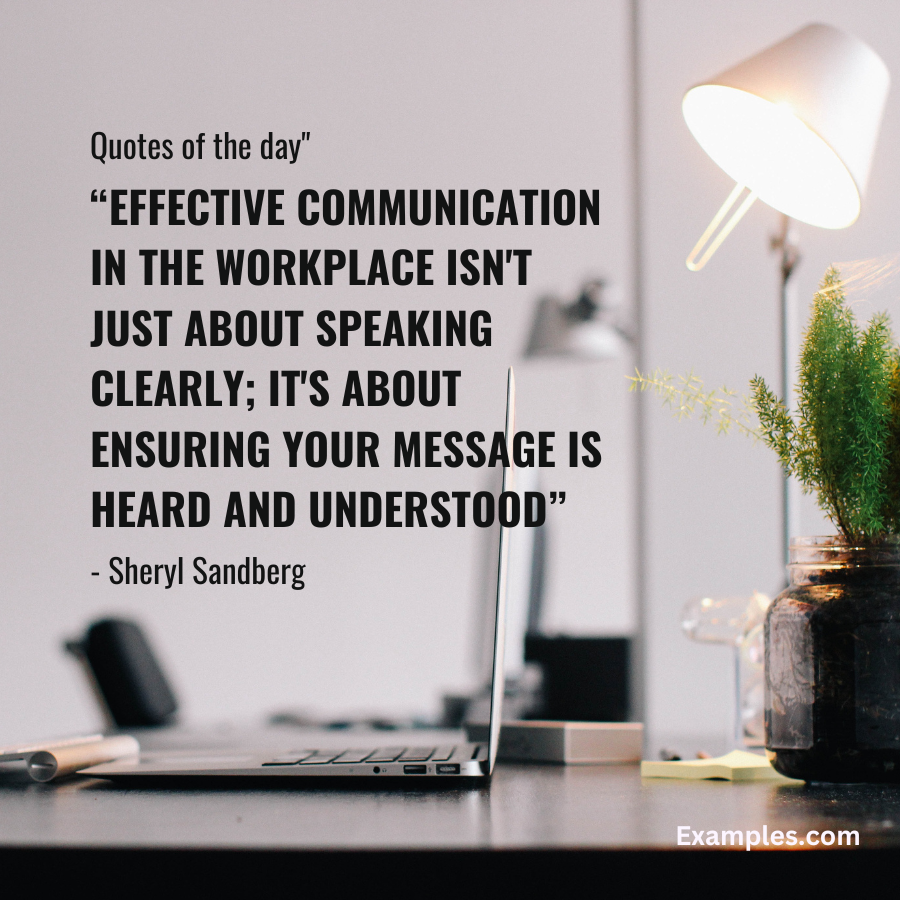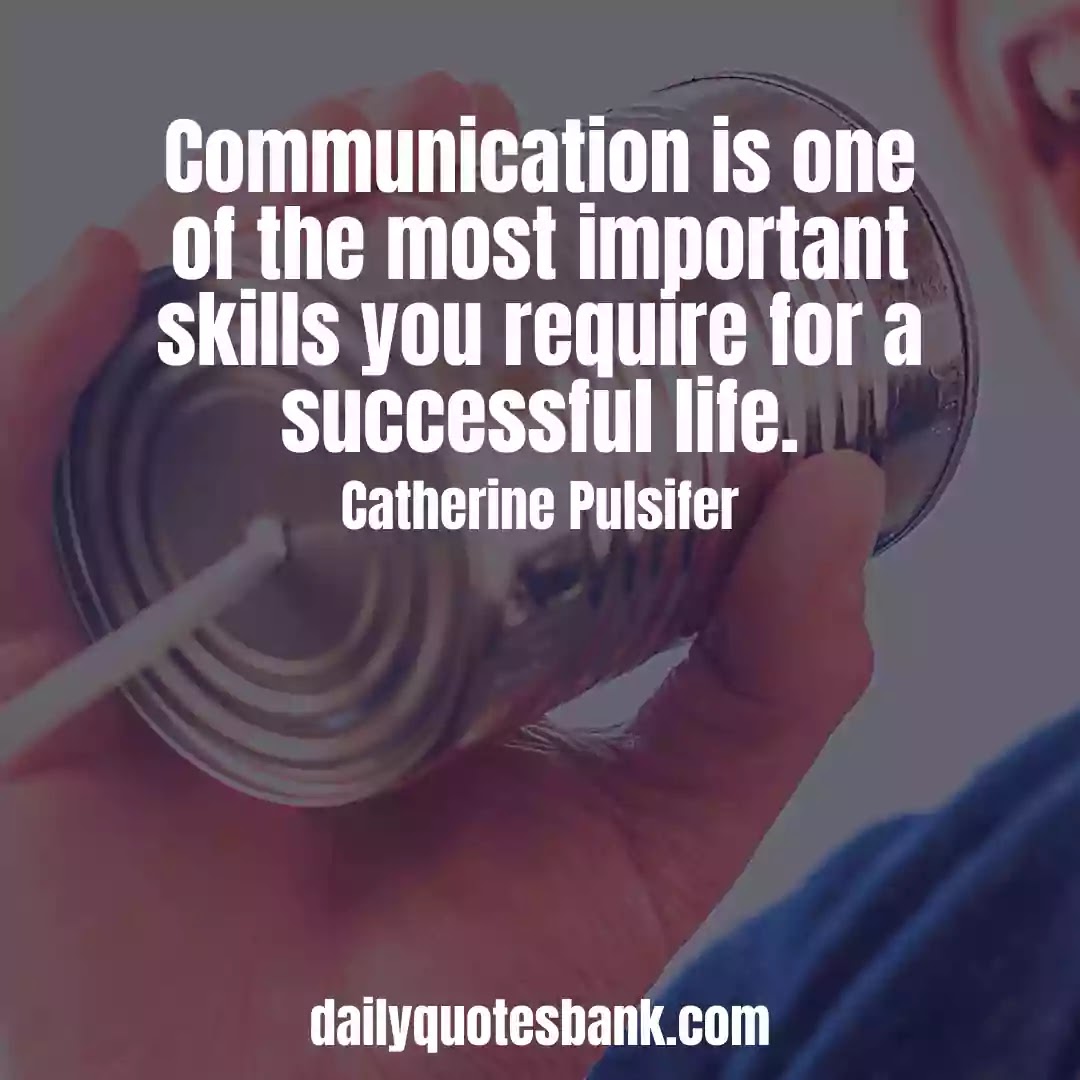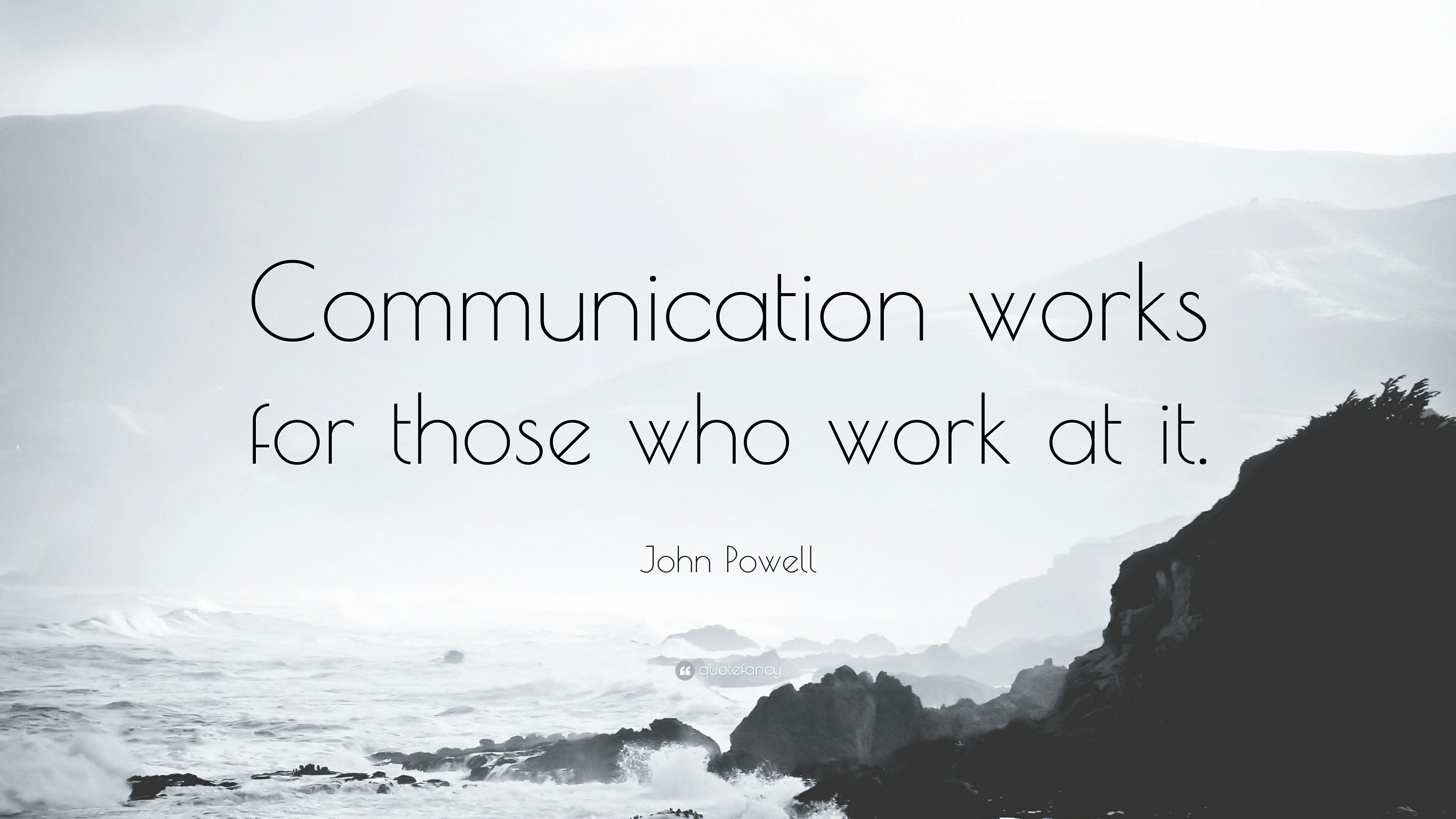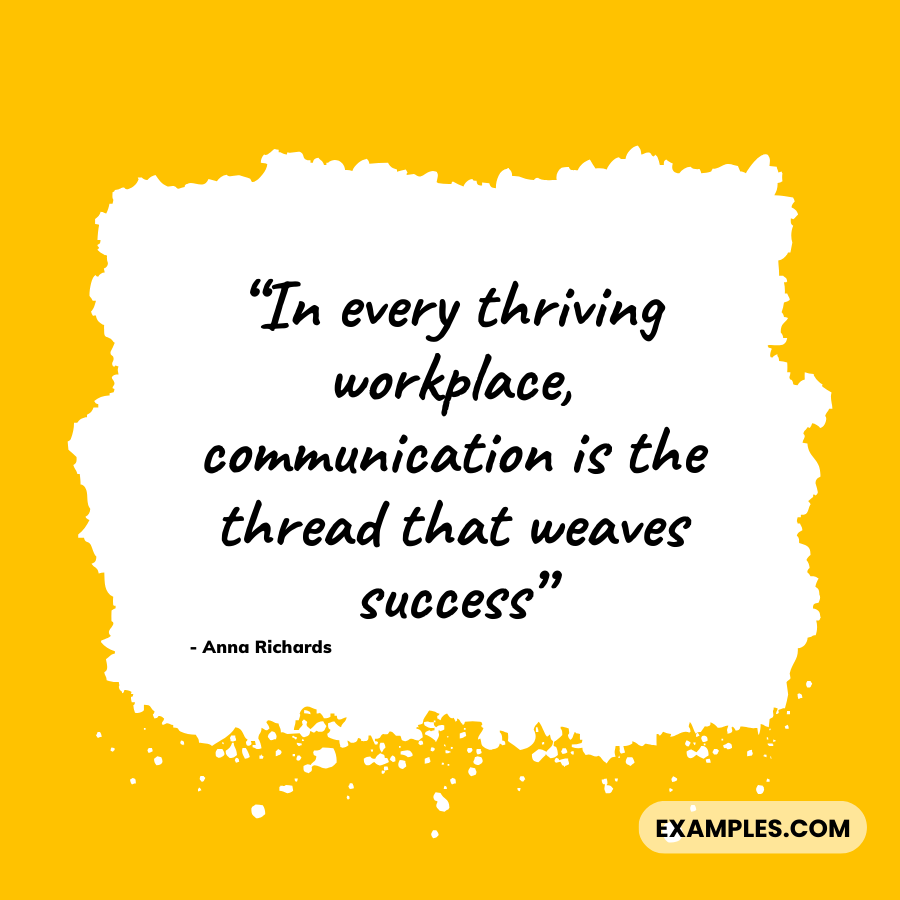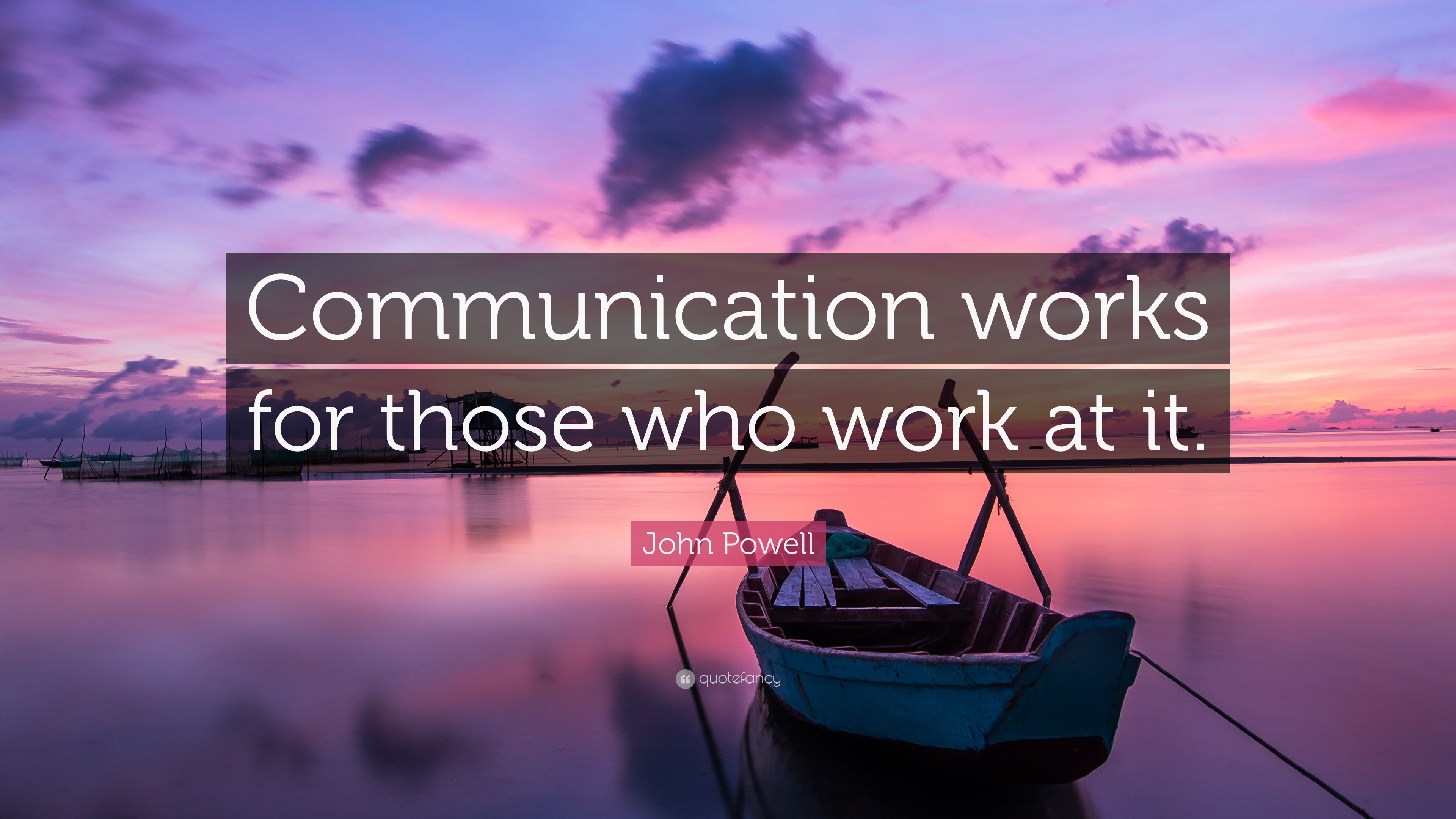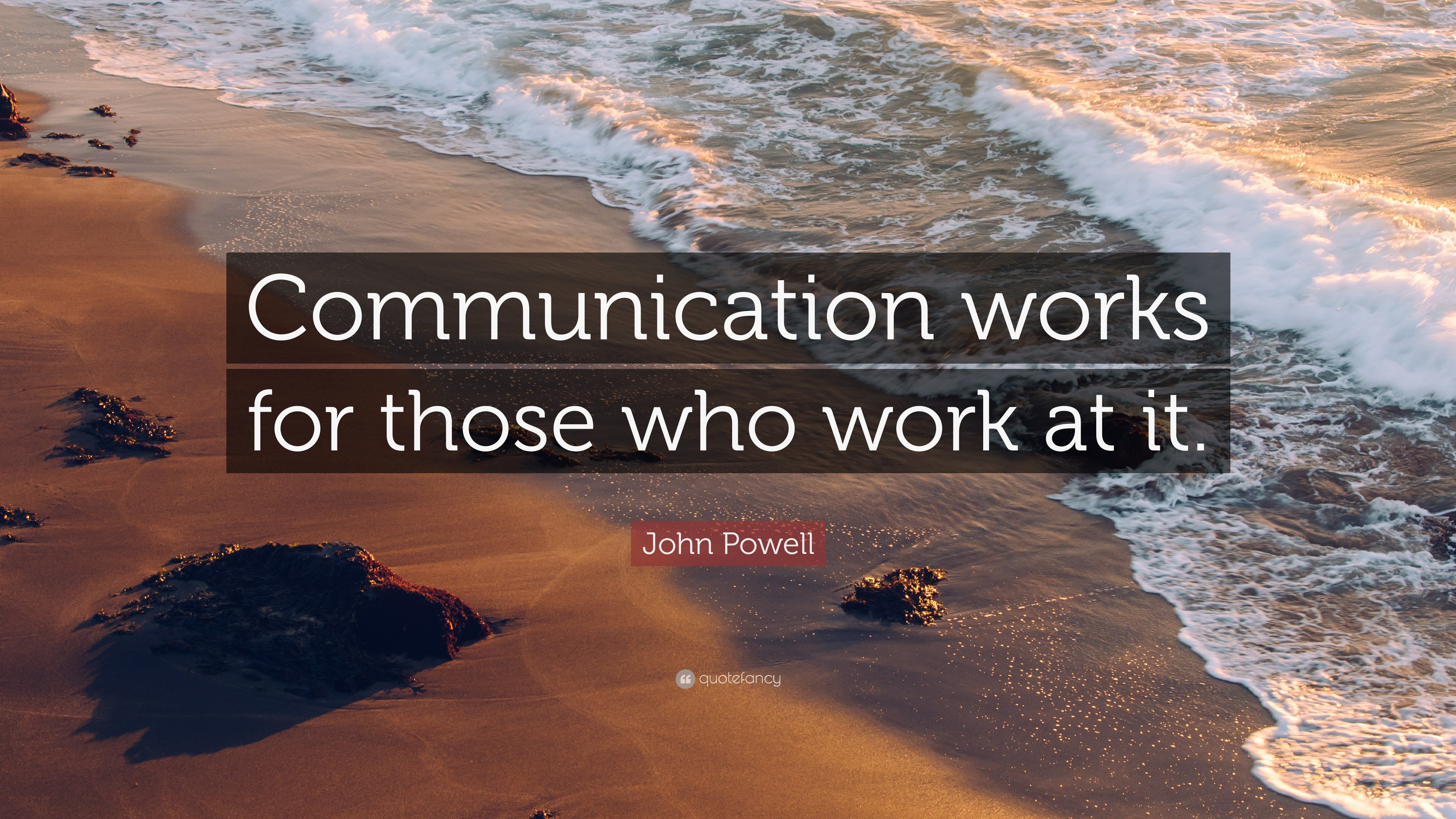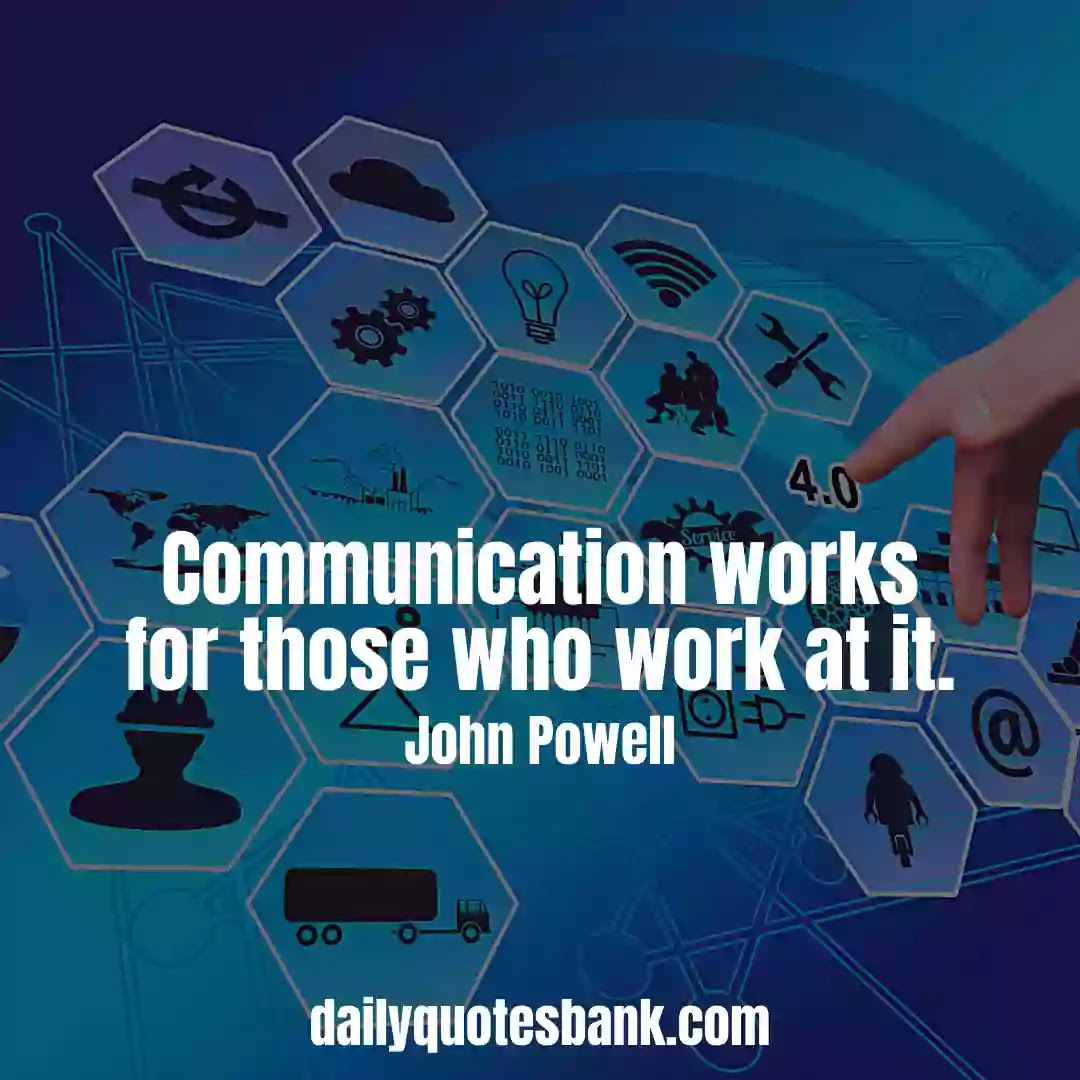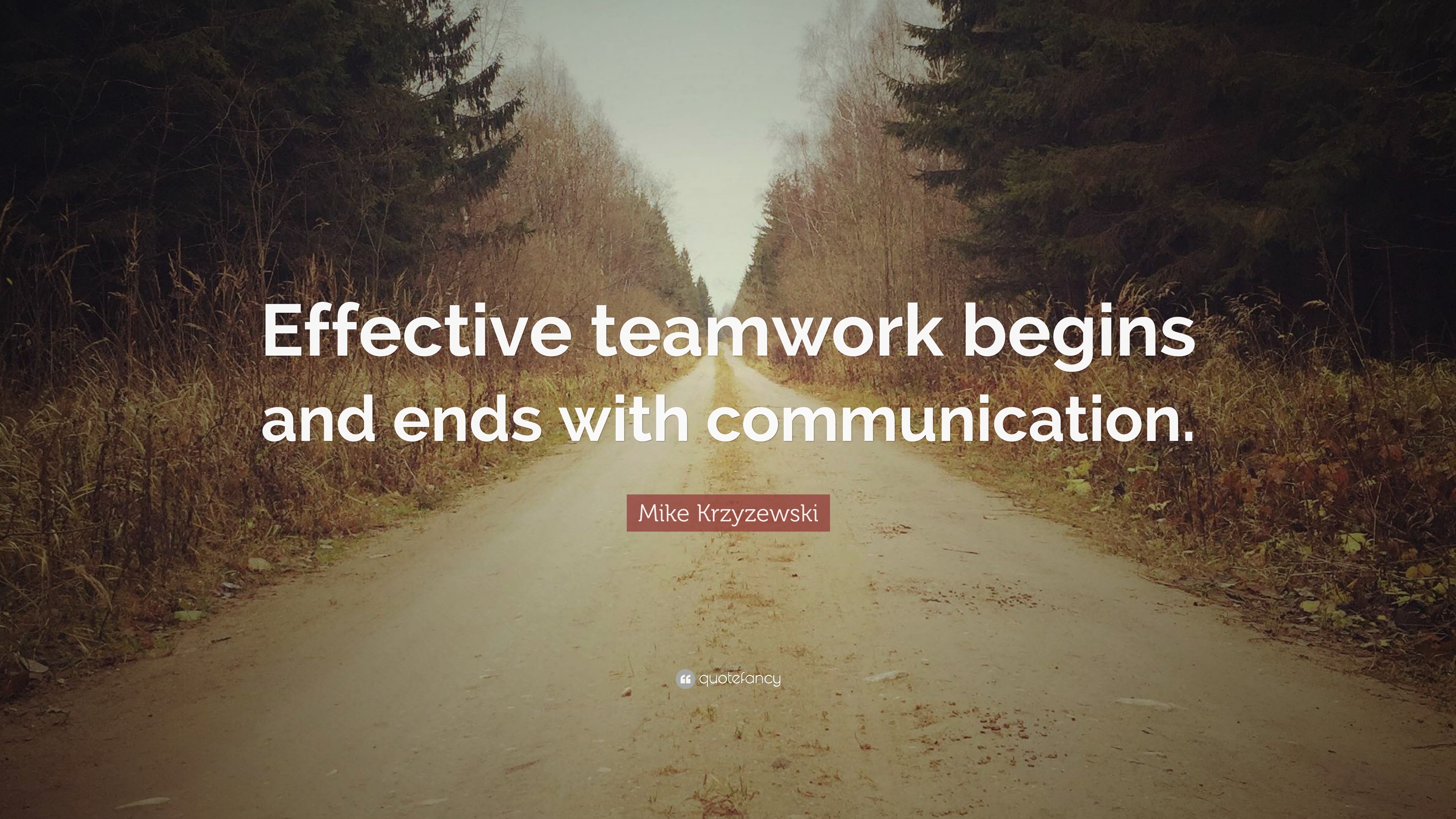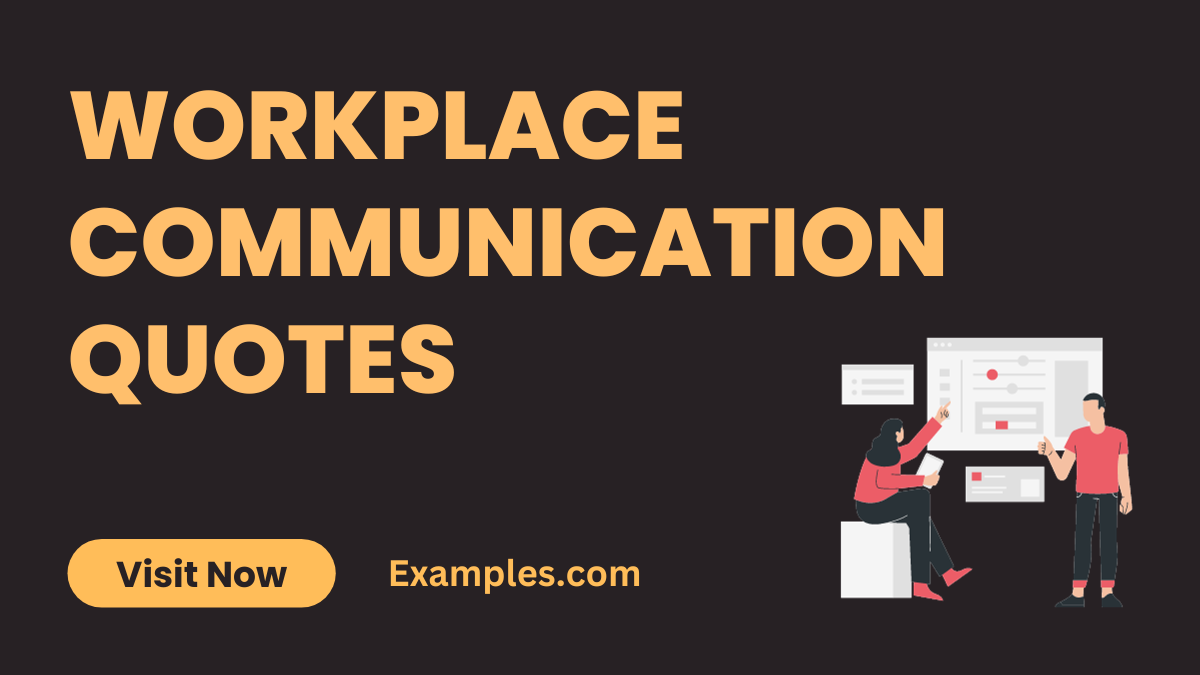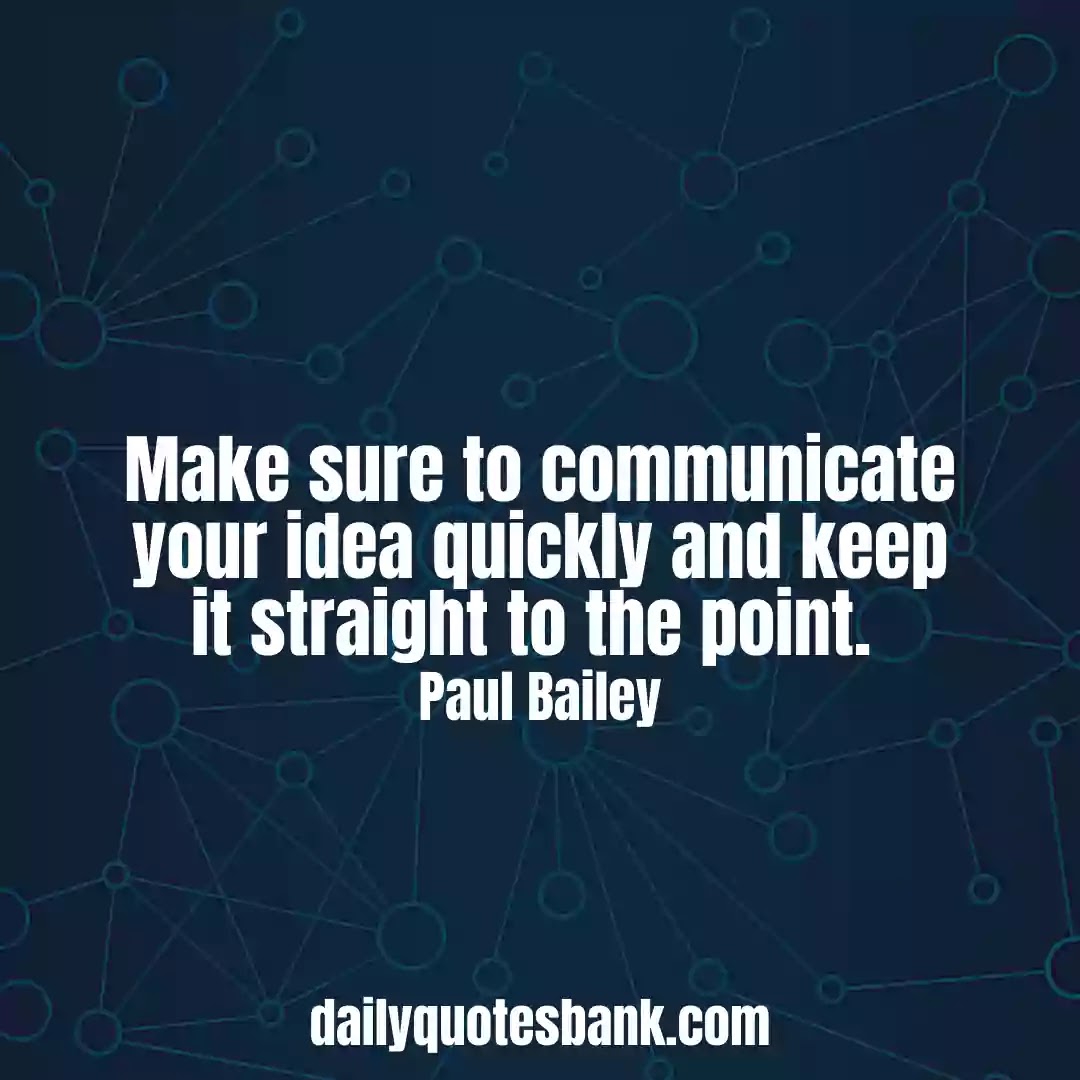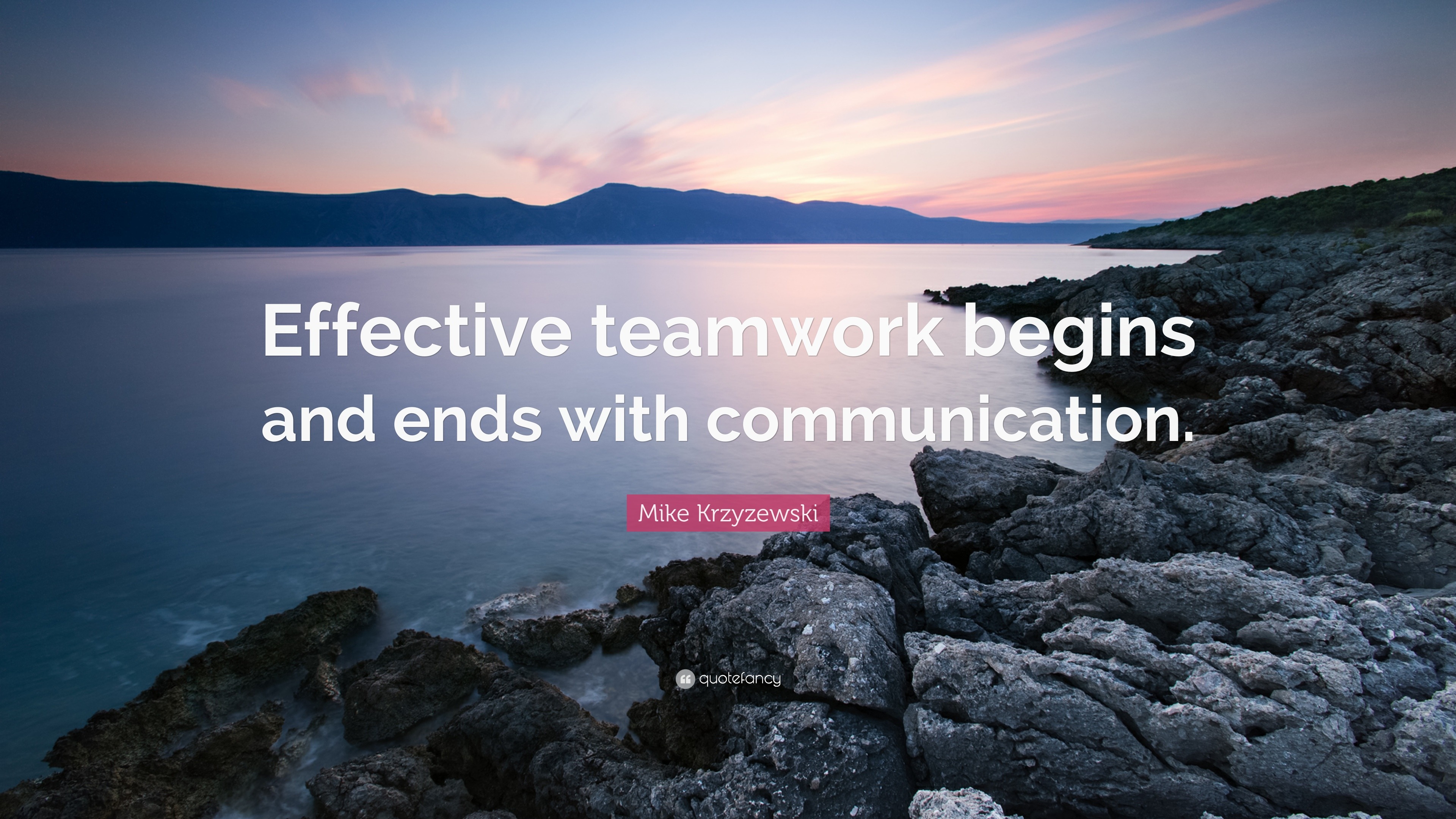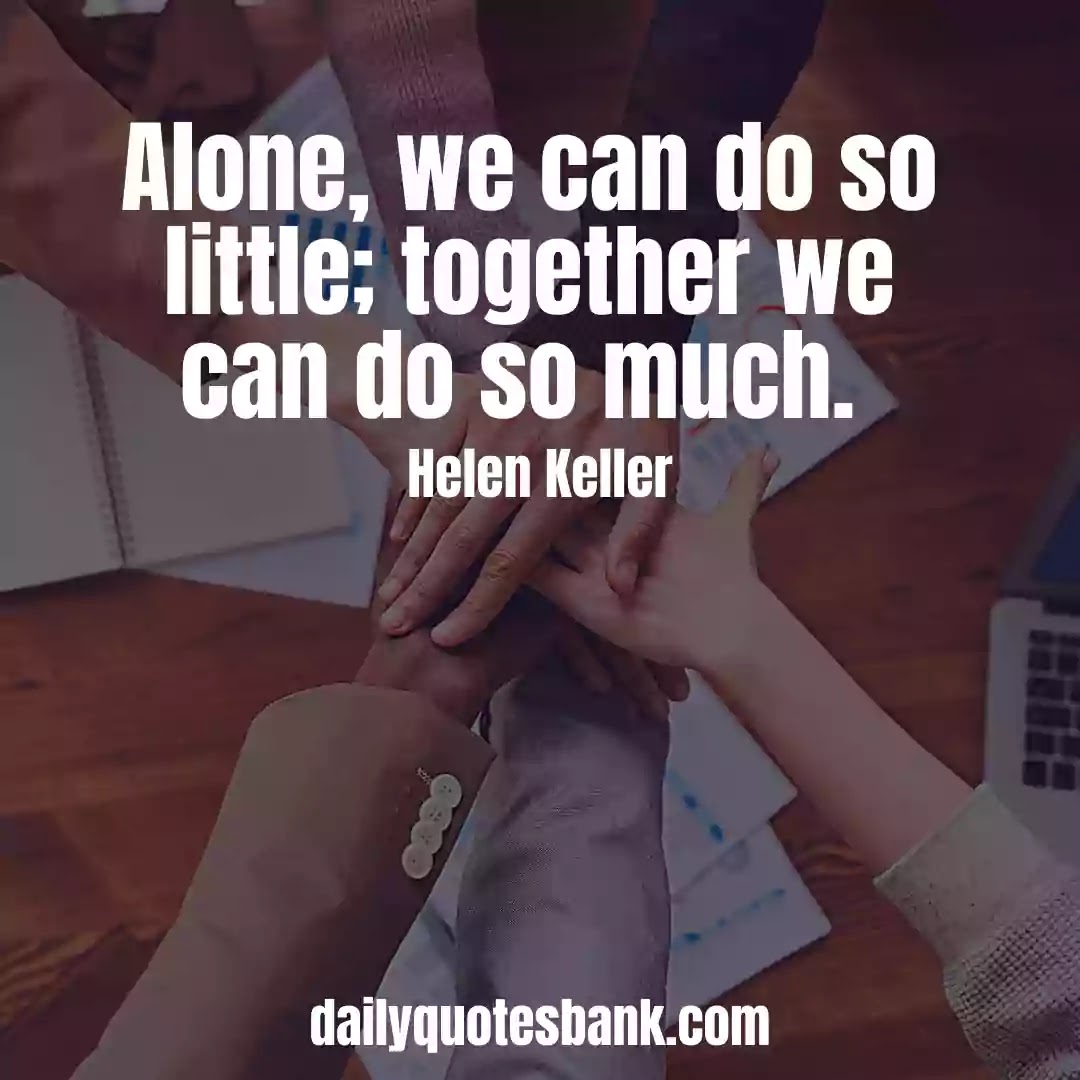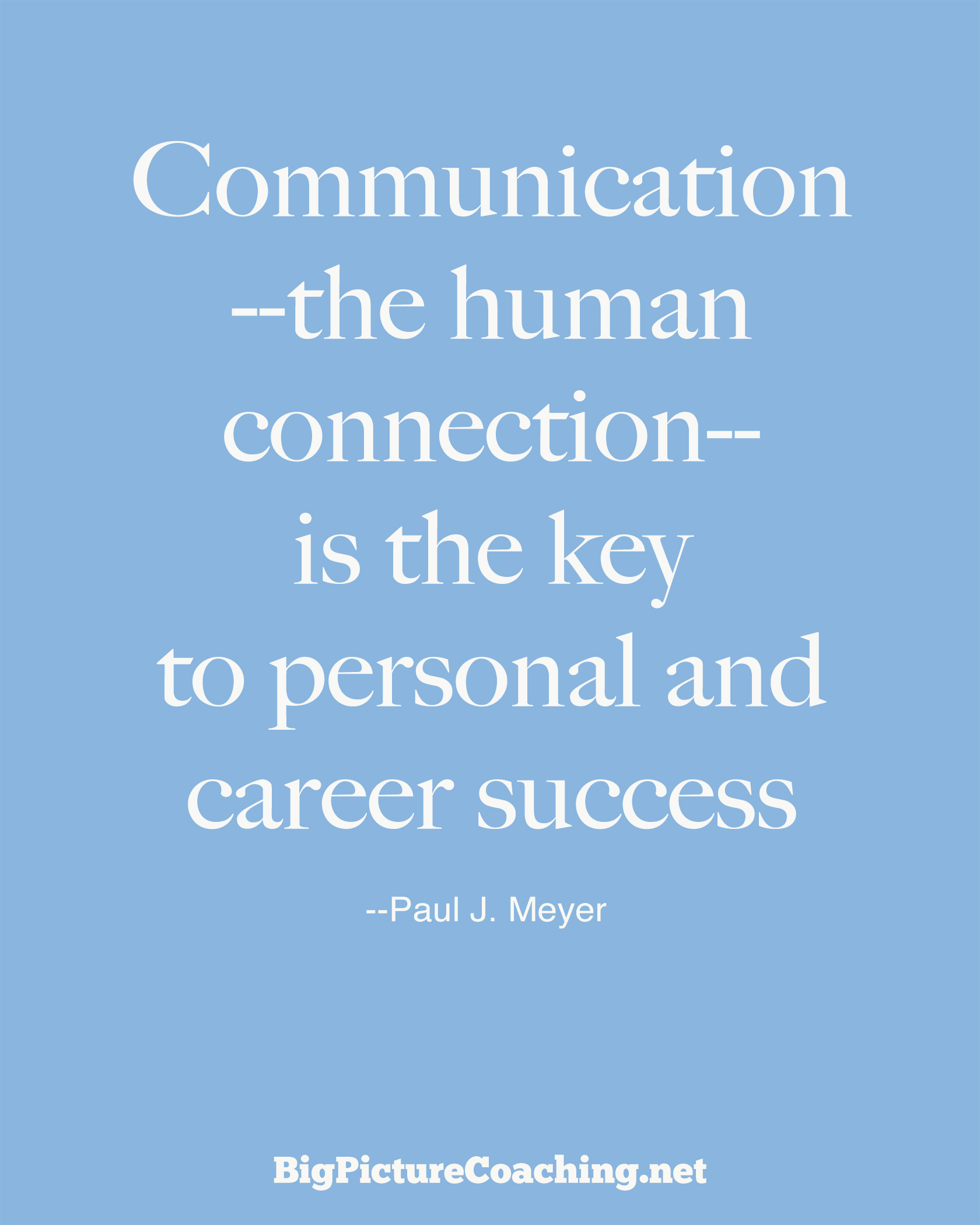Communication Quotes For The Workplace
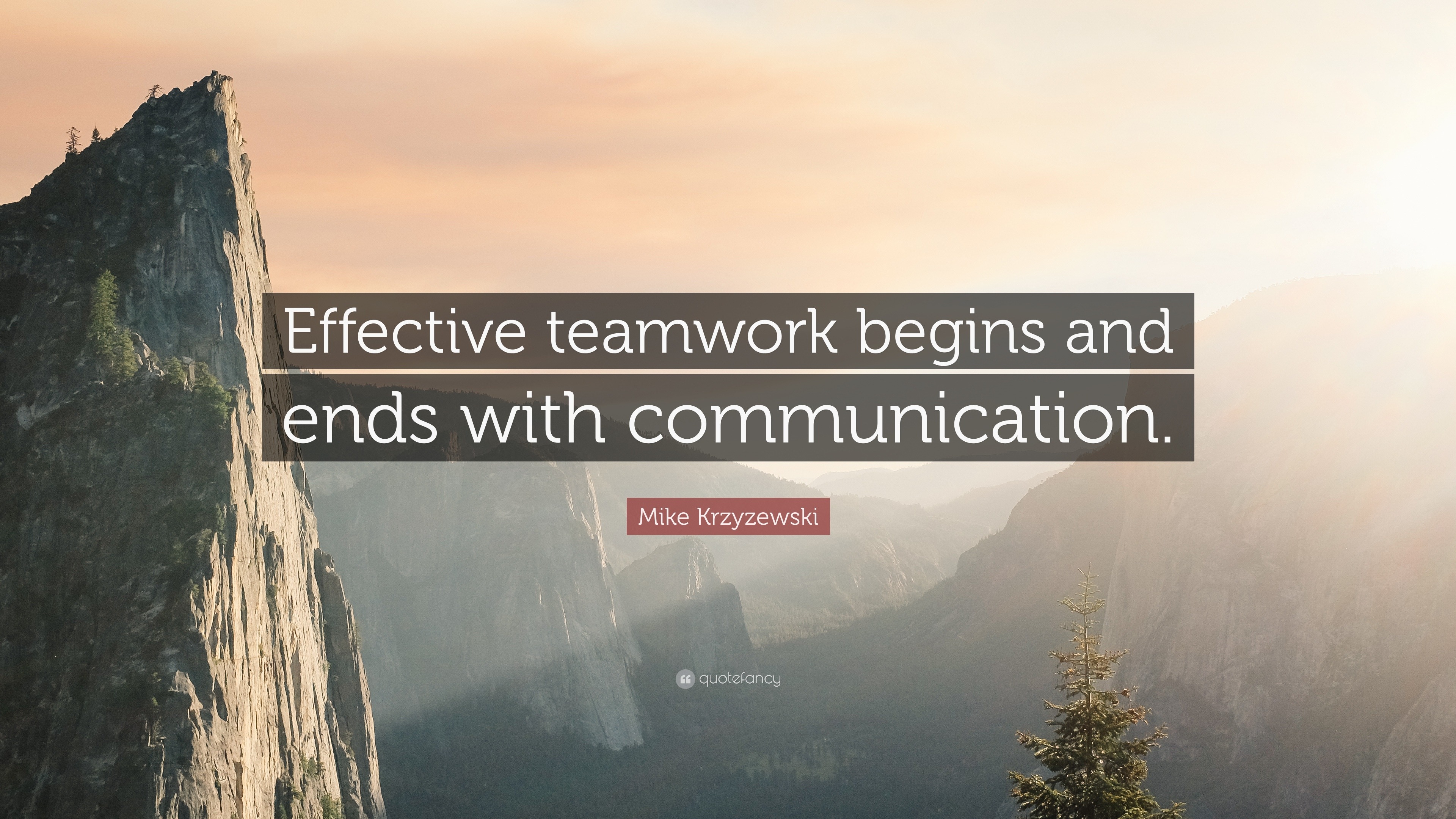
Imagine a bustling office, the air thick with unspoken tensions. Sarah, usually a vibrant contributor, sits silently at her desk, a cloud of frustration hanging over her. Across the room, Mark misinterprets a hastily written email, leading to a project delay and a cascade of unnecessary stress. This scene, unfortunately, is far too common, a stark reminder of the critical role communication plays in a thriving workplace.
Effective communication isn't just about talking; it's about understanding, connecting, and building bridges. This article explores how carefully chosen quotes, acting as daily reminders and guiding principles, can significantly improve workplace dynamics, boost morale, and foster a more collaborative and productive environment.
The Power of Words: Setting the Stage for Better Communication
The significance of communication in the workplace cannot be overstated. Studies consistently show that poor communication is a leading cause of misunderstandings, conflicts, and decreased productivity. A 2023 report by Gallup, for instance, highlighted that companies with highly engaged employees, often a result of strong communication, are 23% more profitable.
Words have the power to inspire, motivate, and guide behavior. Introducing communication-focused quotes into the workplace can serve as a constant reminder of the importance of clear, respectful, and empathetic interactions. They can act as a catalyst for positive change, fostering a culture where open dialogue and active listening are valued.
Quotes as Guiding Principles
Incorporating quotes isn't about simply plastering them on walls. It's about integrating them into the daily fabric of the workplace. Here are a few examples and how they can be applied:
"The single biggest problem in communication is the illusion that it has taken place." - George Bernard Shaw
This quote serves as a powerful reminder to avoid assumptions. It encourages individuals to actively seek clarification and confirm understanding, preventing misunderstandings before they escalate. It also promotes active listening to make sure we understand the meaning the speaker is trying to convey.
"To effectively communicate, we must realize that we are all different in the way we perceive the world and use this understanding as a guide to our communication with others." - Anthony Robbins
This quote underscores the importance of empathy and perspective-taking. It encourages employees to consider the other person's point of view, fostering more understanding and compassionate communication. This quote can be especially useful in training sessions on conflict resolution.
"The most important thing in communication is hearing what isn't said." - Peter Drucker
Drucker's words highlight the significance of nonverbal cues and emotional intelligence. It reminds us to pay attention to body language, tone of voice, and underlying emotions. Encouraging employees to be more aware of these subtle signals can lead to more meaningful and effective conversations.
Integrating Quotes into Workplace Culture
There are various ways to integrate communication quotes into the workplace. They can be shared in team meetings, displayed on digital screens, or included in internal newsletters. Managers can also use them as prompts for discussions during performance reviews or team-building activities.
The key is to make the quotes relevant and relatable to the specific challenges and opportunities faced by the team. Regularly rotating the quotes and encouraging employees to share their interpretations can keep the message fresh and engaging. This active participation also fosters a sense of ownership and commitment to improving communication.
Beyond Words: Cultivating a Communication-Rich Environment
While quotes can be a valuable tool, they are just one piece of the puzzle. A truly communication-rich environment requires a holistic approach that includes training, feedback mechanisms, and a culture of psychological safety.
Providing communication skills training, such as active listening and conflict resolution workshops, can equip employees with the necessary tools to navigate challenging conversations. Implementing regular feedback channels, both formal and informal, allows employees to voice concerns and share suggestions. Creating a culture where individuals feel safe to express their opinions without fear of judgment is crucial for open and honest communication to flourish.
Ultimately, improving workplace communication is an ongoing journey, not a destination. By embracing the wisdom of carefully chosen quotes and fostering a culture that values open dialogue and active listening, organizations can create a more collaborative, productive, and fulfilling environment for all.
